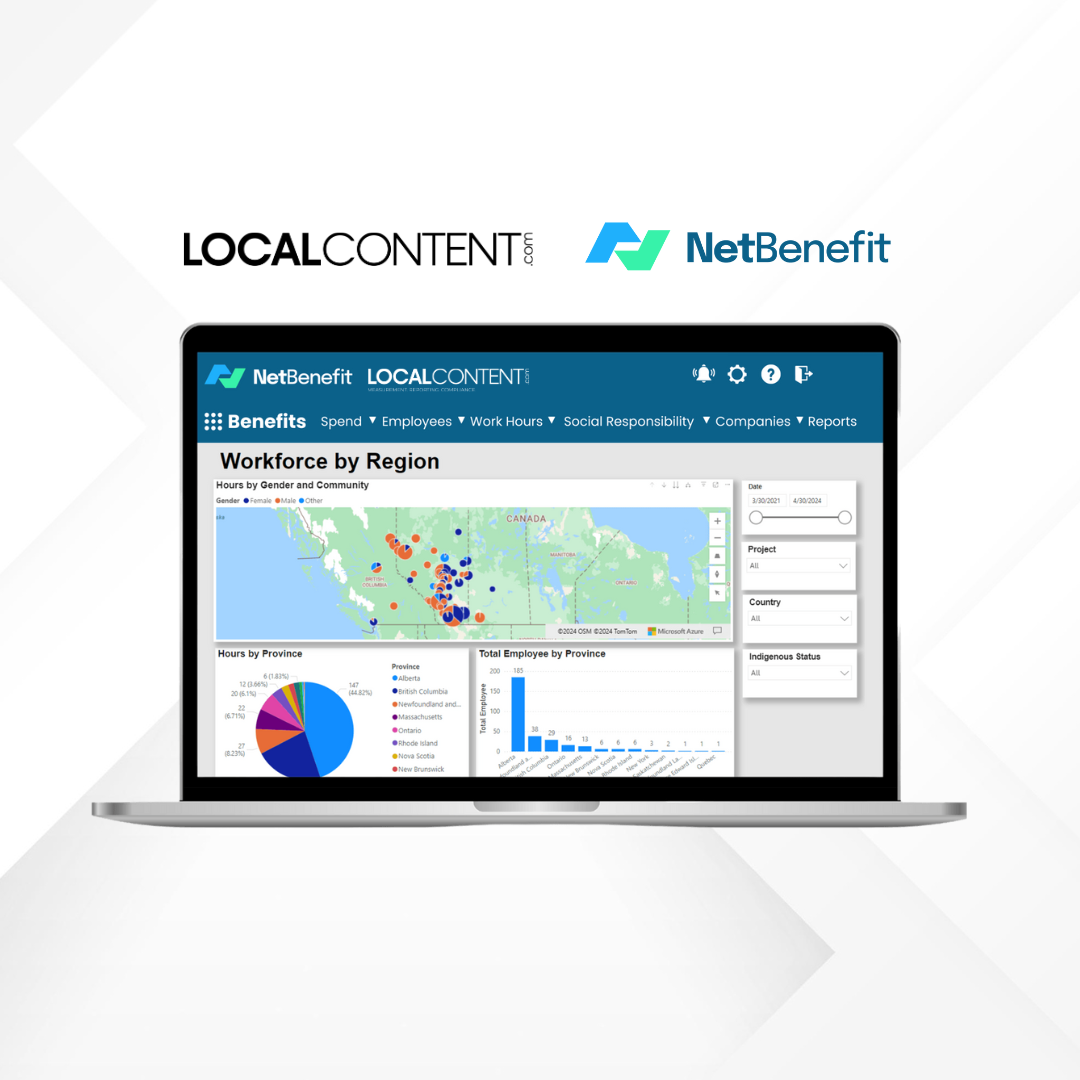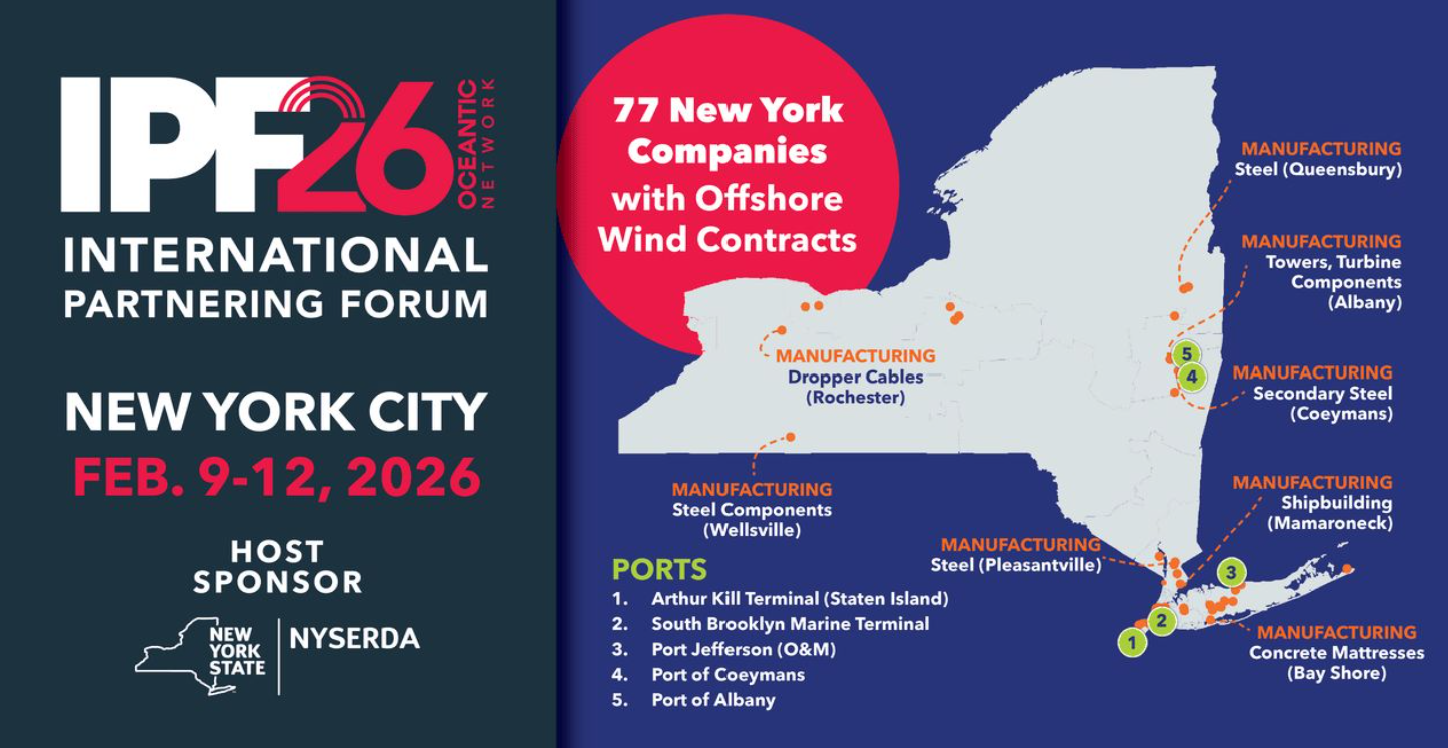Record of Decision Issued Today by Federal Transit Administration Concludes Exhaustive, Federally Mandated Environmental Review
Local ULURP Process is Now Complete Following Unanimous 45-0 Approval by New York City Council and End of Mayoral Review Period; All Approvals and Permits Have Now Been Secured
Project Will Replace Outdated Legacy Infrastructure with 21st Century Facilities to Improve Commuter Experience, Reduce Bus Congestion on Neighborhood Streets and Create New Publicly Accessible Open Space in Community
Project to Include New Facility for Bus Storage and Staging, Electric Charging Capacity to Accommodate Electric Bus Fleets, Community-Friendly Outwardly Facing Retail and New Ramps Between 10th and 11th Avenues
Project Will Create 6,000 Union Construction Jobs; Will Meet Projected 2040-2050 Future Bus Passenger Demand
Record of Decision Can be Viewed Here; Renderings are Available Here
The Port Authority of New York and New Jersey today received final and complete approval from the Federal Transit Administration (FTA) and the city of New York to move forward on the project to replace the aging Midtown Bus Terminal with a world-class facility. Each entity conducted its own separate and thorough review of the proposed project.
The FTA issued the Record of Decision this afternoon following an exhaustive, federally mandated environmental review and the signing in September of the project’s final environmental impact statement. The city of New York also fully approved the project following a unanimous 45-0 vote by the City Council in November and the end of the mayoral review period.
All approvals and permits for the replacement of the Midtown Bus Terminal have been secured. In July, the Port Authority Board of Commissioners approved the first early works construction contracts. With all approvals complete, construction of the deck-overs above Dyer Avenue is slated to start early next year and the agency’s construction procurement for the rest of the project will advance.
“The Midtown Bus Terminal is a crucial transportation hub for New York, servicing over 250,000 passenger trips on a busy weekday alone, and we are committed to providing a world-class travel experience to and from Manhattan through this exciting transformation of the terminal,” said New York Gov. Kathy Hochul. “New York is constantly innovating and advancing, and this project will help us meet our projected ridership growth while also reducing congestion on our streets and providing an improved travel experience for our commuters.”
“Since day one of my administration, we have prioritized the advancement of a new world-class Port Authority Bus Terminal and today, we are one step closer to realizing that goal,” said New Jersey Gov. Phil Murphy. “By replacing outdated infrastructure, we will deliver the modern, safe, and reliable transit infrastructure that New Jerseyans deserve. The new bus terminal will increase connectivity on both sides of the river, creating an even stronger, more economically vital and easily accessible region.”
“The record of decision and conclusion of the ULURP process represent the culmination of years of hard work and collaboration with the surrounding community and input from commuters to develop a project that will transform the current, outdated bus terminal into a state-of-the-art transportation facility and community asset,” said Port Authority Chairman Kevin O’Toole. “The new bus terminal will be an inspiring gateway to New York City that commuters will actually look forward to using and that will be an asset for our entire region.”
“Today is a red-letter day. We now have in hand all the needed permits to move forward with replacing the agency’s long-outdated bus terminal and enduring eyesore in the middle of Manhattan with the world-class transportation gateway this region has long deserved,” said Port Authority Executive Director Rick Cotton. “We thank the Federal Transit Administration for the hard work that went into this record of decision. We thank the city of New York, including Dan Garodnick and the City Planning Commission, the City Council, and the Mayor’s Office. We also extend particular thanks to the elected officials and community leaders, including Councilman Bottcher, Congressman Nadler, Senator Hoylman-Sigal, Assemblyman Simone, Borough President Levine, and Community Board 4, for their partnership and collaboration. We are grateful to have all approvals needed to advance to the construction phase of this critical and transformative project.”
The new Midtown Bus Terminal will replace the existing 74-year-old, functionally obsolete and rundown terminal with a long-overdue world-class facility. Reliable and efficient bus service between New York and New Jersey is critical to the interconnected economies of both states, as hundreds of thousands of New Jersey residents work in New York City. The new terminal is designed to meet projected 2040-2050 commuter growth, provide a best-in-class customer experience that serves the region’s 21st century public transportation needs, and enhance the surrounding community.
The $10 billion world-class facility will include a new 2.1 million square-foot main terminal, a separate storage and staging building and new ramps leading directly into and out of the Lincoln Tunnel. The project plan — including the permanent closure of a portion of 41st Street between Eighth and Ninth avenues, a central main entrance, more street-facing retail, a soaring multi-story indoor atrium and new public open space — will enhance both the commuter experience at the world’s busiest bus terminal and the community surrounding the facility. The project is expected to create approximately 6,000 good-paying union construction jobs.
The Port Authority’s plan for the Midtown Bus Terminal replacement reflects public feedback from extensive community outreach, including input from New York City, commuters, local community boards and elected officials in both states. The federal record of decision permits construction of a full three-part building plan and deck-overs that will be converted to publicly accessible open space once the terminal is completed. The Port Authority Board of Commissioners approved construction contracts for the deck-overs in July, which were the first contracts associated with the bus terminal replacement project. The project also includes a wide array of community benefits, including:
- Added capacity to allow curbside inter-city buses that currently pick up and drop off on city streets surrounding the bus terminal to move their operations inside the bus terminal and off the streets.
- The new staging and storage facility will consolidate storage and staging functions in a single facility, minimizing bus idling and circulation around local city streets and reducing congestion in and out of the Lincoln Tunnel.
- The creation at the end of construction of 3.5 acres of publicly accessible green spaces on Port Authority property by building platforms spanning the currently below-grade Dyer Avenue “cut” and turning the open space on top of the new deck-overs into public green spaces.
- New concessions and retail amenities that will be accessible from the streets in the community as well as from inside the bus terminal.
The new bus terminal will be built for the future and designed to be net-zero emissions, accommodating all-electric bus fleets and implementing 21st century technology at every turn. The building will also include visionary sustainability and resiliency measures, from LEED certification and clean construction to onsite renewable energy, zoned heating and cooling systems, and heat recovery and reuse technology. The new ramp structure will provide a direct connection to the Lincoln Tunnel, with added queue space and bypass capability, thereby reducing bus circulation on local city streets. Community-friendly outward-facing local retail will benefit commuters and the community alike.
The Port Authority’s construction plan for the new bus terminal is being developed with input from bus carriers, customers, the local community, world-renowned engineering and construction experts, and innovative architectural and design firms. Current plans provide for a phased construction approach with the staging and bus storage facility to be built first, so that it can serve as a temporary terminal while the existing terminal is demolished and rebuilt. The proposal eliminates the taking of private property as it would be built on existing Port Authority property stretching as far west as 11th Avenue.
Funding for the project is expected to include Port Authority capital funding for a significant portion of the cost, federal loans, development rights and PILOTs approved by the city for several potential new commercial developments including above the new bus terminal.
The project is expected to be constructed in phases, with a temporary terminal and new ramps completed in 2028 and the new main terminal completed in 2032.
About the Midtown Bus Terminal:
What is now the world’s busiest bus terminal opened in 1950, after the mayor of New York City requested the Port Authority to consolidate eight separate, smaller bus terminals throughout Midtown Manhattan in order to relieve street congestion. As the regional population grew and spread geographically, the Port Authority expanded the terminal’s capacity in 1963 by converting parking space to a fourth level of bus operations and adding three new levels of public parking for 1,000 cars. By 1966, the terminal served nearly 69 million passengers, once again requiring increased bus capacity. In 1970, the Port Authority created a 2-mile exclusive bus lane (XBL) on the New Jersey route 495 approach to the Lincoln Tunnel, giving buses faster access directly to the bus terminal and saving commuters up to 20 minutes in travel time.
In 1981, the Port Authority expanded the bus terminal’s capacity by 50 percent with a new North Wing extension to 42nd Street and the diagonal girder façade now familiar to bus riders. The current facility spans 1.9 million square feet as the nation’s largest bus terminal and the world’s busiest. Individual carriers, the largest of which is NJ Transit, serve routes for daily commuters throughout New Jersey, eastern Pennsylvania, and the lower Hudson Valley, as well as provide intercity services to and from locations such as upstate New York, New England, the Mid-Atlantic and Canada. Prior to the COVID-19 pandemic, the bus terminal accommodated an estimated 260,000 passenger trips on an average weekday. As of 2024, the terminal served approximately 205,000 average weekday daily passengers.
For more information on the replacement project, including the FTA draft environmental impact statement, visit: http://www.PABTreplacement.com
# # #










